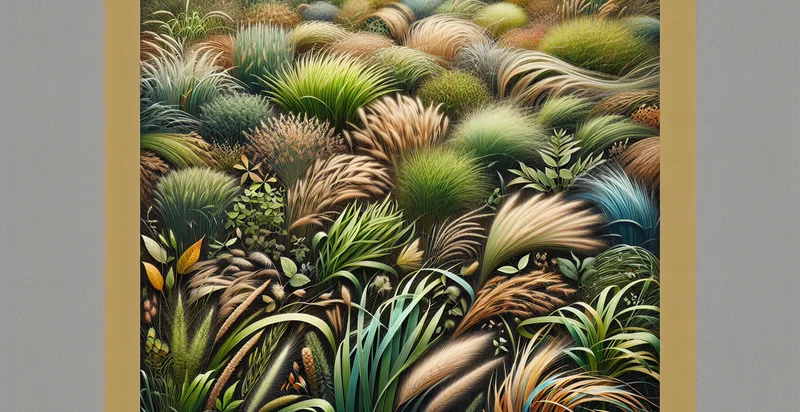Identify grass species
using AI
Below is a free classifier to identify grass species. Just upload your image, and our AI will predict what species of grass it is - in just seconds.

Contact us for API access
Or, use Nyckel to build highly-accurate custom classifiers in just minutes. No PhD required.
Get started
import nyckel
credentials = nyckel.Credentials("YOUR_CLIENT_ID", "YOUR_CLIENT_SECRET")
nyckel.invoke("grass-species", "your_image_url", credentials)
fetch('https://www.nyckel.com/v1/functions/grass-species/invoke', {
method: 'POST',
headers: {
'Authorization': 'Bearer ' + 'YOUR_BEARER_TOKEN',
'Content-Type': 'application/json',
},
body: JSON.stringify(
{"data": "your_image_url"}
)
})
.then(response => response.json())
.then(data => console.log(data));
curl -X POST \
-H "Content-Type: application/json" \
-H "Authorization: Bearer YOUR_BEARER_TOKEN" \
-d '{"data": "your_image_url"}' \
https://www.nyckel.com/v1/functions/grass-species/invoke
How this classifier works
To start, upload your image. Our AI tool will then predict what species of grass it is.
This pretrained image model uses a Nyckel-created dataset and has 26 labels, including Bahiagrass, Bentgrass, Bermuda Hybrid, Bermudagrass, Blue Fescue, Buffalograss, Creeping Bentgrass, Creeping Moss, Creeping Red Fescue and Dallisgrass.
We'll also show a confidence score (the higher the number, the more confident the AI model is around what species of grass it is).
Whether you're just curious or building grass species detection into your application, we hope our classifier proves helpful.
Related Classifiers
Need to identify grass species at scale?
Get API or Zapier access to this classifier for free. It's perfect for:
- Agricultural Crop Management: Farmers can utilize the grass species identifier to monitor and differentiate between various grass types on their lands. This helps in assessing pasture health, optimizing grazing patterns, and improving overall crop yield by identifying which species thrive better in specific conditions.
- Environmental Conservation: Conservationists can use the identification function to track and monitor native grass species in natural habitats. By accurately identifying invasive species, they can implement effective management strategies to protect local ecosystems and maintain biodiversity.
- Landscape Architecture: Landscape architects can leverage the grass species identifier to select appropriate grass types for specific projects, ensuring the chosen species match the local climate and soil conditions. This promotes sustainable landscaping and enhances the aesthetic appeal of gardens and parks.
- Seed Production and Marketing: Seed companies can use this classification tool to ensure that they are marketing the correct grass species to their customers. By verifying species in seed mixes, they can provide better quality assurance and targeted recommendations for specific agricultural needs.
- Wildlife Habitat Management: Wildlife managers can utilize the identifier to evaluate habitats, ensuring they contain the right types of grass essential for supporting local wildlife. This information assists in devising management plans that foster healthy ecosystems and promote species conservation.
- Urban Planning: Urban planners can employ the grass species identifier in urban green space development to ensure that plant species chosen for parks and recreational areas are well-suited to the urban environment. This leads to improved resilience against urban heat and enhanced urban biodiversity.
- Educational Research: Educational institutions and researchers can implement the grass species identification function for field studies and to augment curricula in botany and ecology. This hands-on tool provides students with practical experience in species identification and promotes a deeper understanding of local flora.


